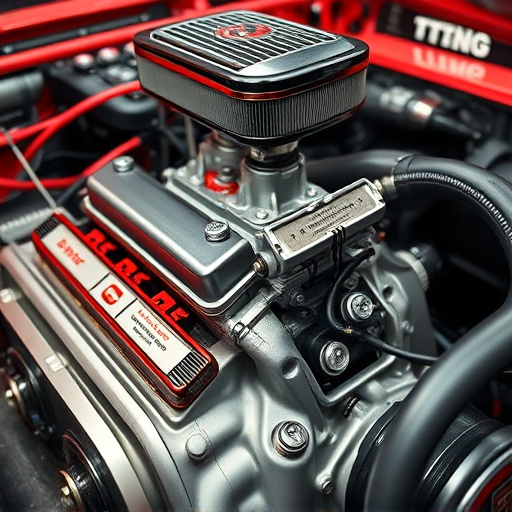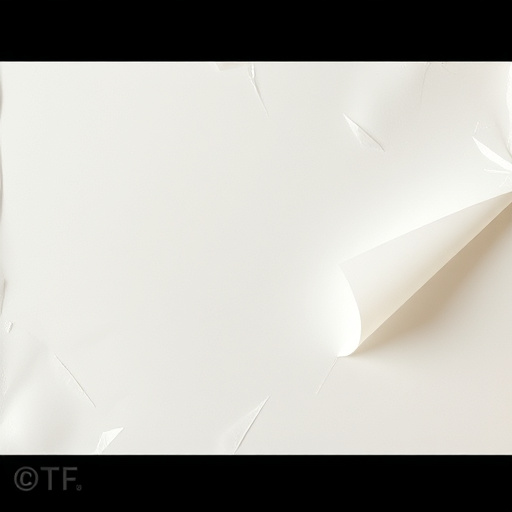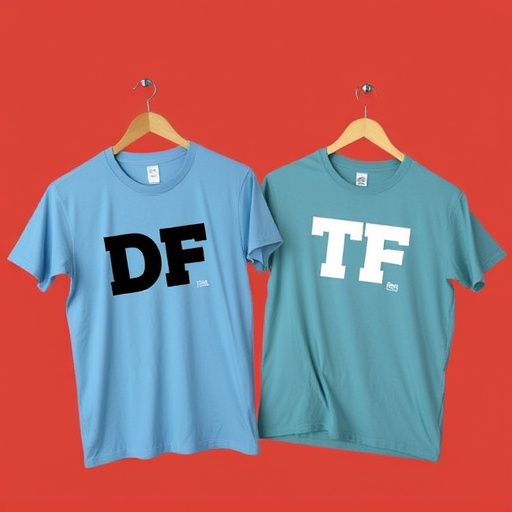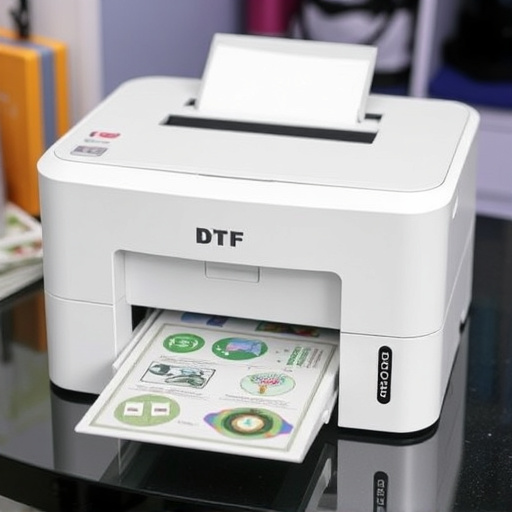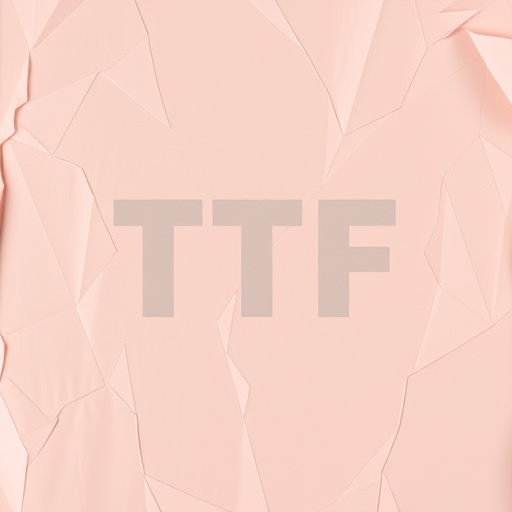Understanding DTF (Direct to Fabric) printing process is key for producing high-quality DTF printed shirts. This involves fabric preparation, ink selection, print settings optimization, and using top-tier materials from reputable suppliers to prevent issues like ink bleeding or skipping. Robust quality control measures including inspections at every stage, regular team training, and specialized equipment ensure final products meet high standards, satisfying customers.
Avoid costly mistakes in your DTF printed shirts production with these essential guidelines. Understanding the intricate DTF printing process is crucial, from ink selection to substrate preparation. Ensure only high-quality materials are used for optimal results. Implement rigorous quality control measures at every stage of production to catch and rectify defects early on. By adhering to these practices, you’ll produce premium DTF printed shirts that meet your customers’ expectations.
- Understand DTF Printing Process Thoroughly
- Ensure High-Quality Ink and Substrates
- Implement Rigorous Quality Control Measures
Understand DTF Printing Process Thoroughly

Understanding the DTF (Direct to Fabric) printing process is paramount before diving into production. DTF for apparel offers a cutting-edge method to apply intricate designs directly onto fabrics, be it light or dark. This technology has revolutionized the way custom T-shirts and other garments are created, providing vibrant, long-lasting results. However, like any specialized technique, it comes with its nuances and potential pitfalls.
Before production begins, ensure that every step of the DTF printing process is thoroughly grasped. This includes mastering the preparation of fabrics, choosing suitable inks compatible with dark garments (a key consideration for successful dtf printing for dark fabrics), and optimizing print settings to achieve consistent quality. A deep understanding allows for precise control, minimizing mistakes and maximizing the potential of this advanced printing method for creating stunning DTF printed shirts.
Ensure High-Quality Ink and Substrates

When producing DTF printed shirts, one crucial step to avoid mistakes is using high-quality ink and substrates. Opt for vibrant, durable inks that are suitable for direct-to-fabric (DTF) printing methods. These inks should offer excellent color saturation and lightfastness, ensuring your designs maintain their vibrancy even after repeated washes. Additionally, select the right substrate—the fabric itself—that aligns with your desired print quality. Different fabrics have varying properties; cotton, for instance, absorbs ink well, while polyesters require specialized inks to achieve optimal results.
Using high-quality materials from reputable suppliers is key to minimizing issues like bleeding, skipping (where ink omits spots), or poorly defined prints. Always check the compatibility of your chosen dtf printer and transfer sheets with the fabric type to guarantee precise and consistent printing. This attention to detail will significantly enhance the overall quality of your DTF printed shirts, ensuring customer satisfaction.
Implement Rigorous Quality Control Measures

Implementing robust quality control measures is essential to ensure the perfection of your DTF printed shirts. This involves meticulous inspection at every stage of production. From verifying the accuracy of initial design transfers to checking for any print imperfections, color consistency, and alignment after the heat pressing process—each step requires careful attention.
Regular training of your team on quality standards and the use of specialized equipment can significantly reduce errors. Using custom sheets for heat pressing designs onto garments further enhances precision, as these sheets are designed to accommodate specific DTF printing requirements. This meticulous approach guarantees that your final products meet high-quality standards, ensuring customer satisfaction with your custom t shirts.
To avoid mistakes in DTF printed shirts production, it’s essential to understand the DTF printing process, source high-quality ink and substrates, and institute stringent quality control measures. By adhering to these practices, you can ensure that your final products meet the highest standards, resulting in satisfied customers and a successful business. Remember, attention to detail throughout each step is key to producing vibrant, durable DTF printed shirts.







